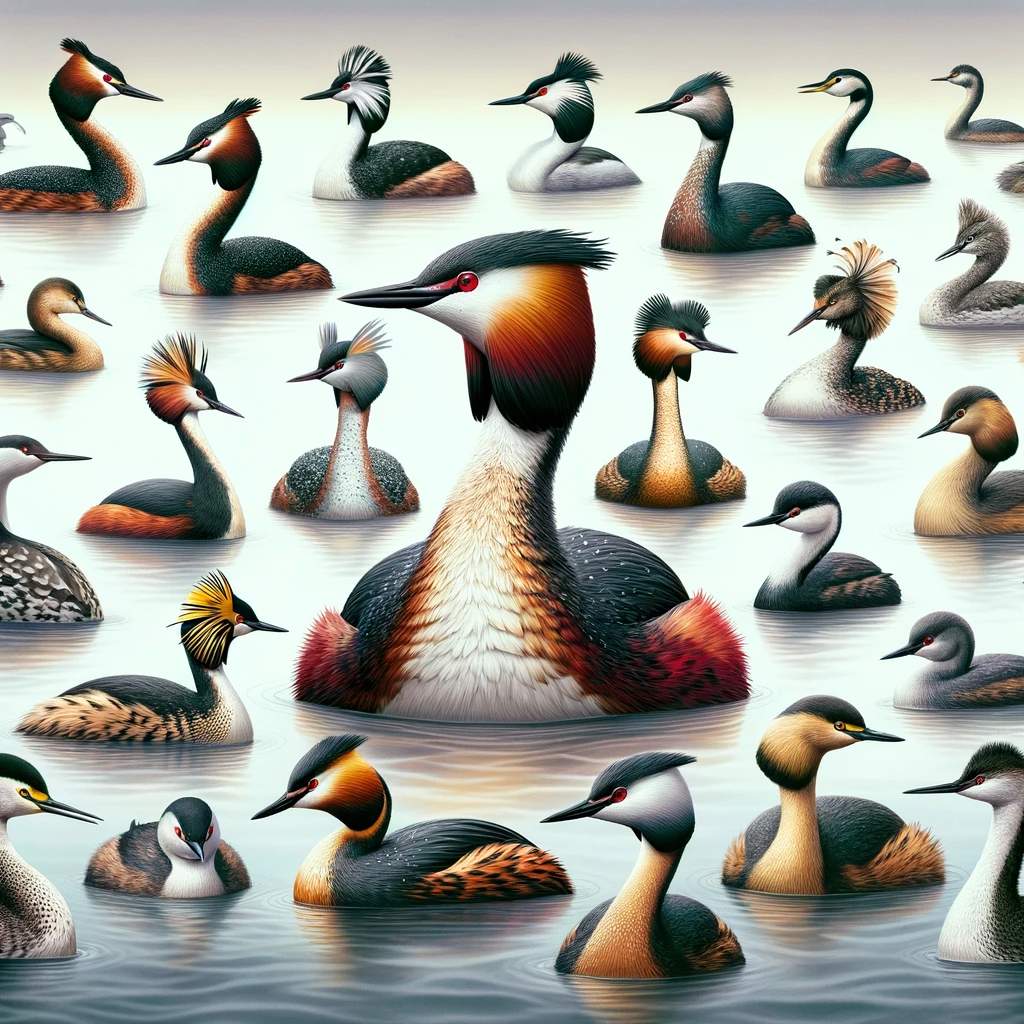
Nepal, a country known for its diverse ecosystems and unparalleled natural beauty, is also home to an incredible range of bird species. Among these avian wonders is the captivating family Podicipedidae, more commonly known as grebes. These intriguing waterbirds possess unique characteristics and ecological roles that make them essential to their surroundings. In this article, we'll explore the fascinating world of Podicipedidae in Nepal and delve into their distinctive profile.
Diving into the World of Grebes
Grebes belong to the family Podicipedidae and are renowned for their superb diving and swimming abilities. With streamlined bodies, short wings, and sharp bills, these birds are perfectly adapted to aquatic life. As they effortlessly navigate through both freshwater and marine habitats, grebes hunt for fish, crustaceans, and other small aquatic creatures.
Podicipedidae in Nepal
Nepal's vast wetlands provide an ideal habitat for several species of grebes to flourish. The most well-known representatives of the Podicipedidae family found in Nepal include the Little Grebe (Tachybaptus ruficollis) and Great Crested Grebe (Podiceps cristatus). These species can be spotted in various locations across the country – from high-altitude lakes to lowland ponds and reservoirs.
The Little Grebe: A Snapshot
The Little Grebe, also known as the dabchick, is a small and compact bird with a distinctive rusty-red neck during the breeding season. It is an excellent diver which quickly submerges itself underwater when threatened or foraging for its prey. In Nepal, you can spot these delightful birds near shallow waterbodies with abundant vegetation where they can nest and hide from predators.
Great Crested Grebe: Royalty among Waterbirds
The Great Crested Grebe is an elegant and eye-catching species known for its striking, fan-like head plumes and elongated neck. This species showcases an elaborate courtship display as pairs dance graciously on the water surface while shaking their head plumes. Renowned for their beauty, these charismatic birds are a sought-after sighting for bird enthusiasts visiting Nepal.
Conservation and the Future of Podicipedidae in Nepal
Although grebes are not currently considered endangered in Nepal, their habitats face numerous threats due to human activities such as wetland conversion, pollution, and overfishing. To ensure the long-term survival of these remarkable waterbirds, it is essential to conserve the wetlands they inhabit and raise awareness about their ecological significance.
As this brief profile demonstrates, the Podicipedidae family showcases a unique combination of adaptability, grace, and ecological importance. Observing these fascinating birds in their natural habitat is a testament to Nepal's captivating biodiversity. So next time you set out to explore the country's wetlands, keep an eye out for these aquatic wonders as they glide through the calm waters or make an elegant dive in search of their next meal.
